Learning to think through a process in a 3 step process is key to success.
Want more successful outcomes? Change your decision-making process. People believe our behavior and tune out over our words. Have you ever asked someone “what’s wrong?” and received “nothing” as a response yet you know that they are upset? Here are three steps to improve your outcomes while making decisions. These steps, if executed in the right order, can make a huge difference in your outcomes.
Step 1: Feel
Feelings are just feelings. They are not right or wrong. They alert us to something going on inside of us. Take time to feel them before moving onto the next step. Refrain from taking action or making a final decision based solely on emotions. Give yourself time to move through the next steps so you can act rather than react to what’s going on.
Step 2: Think
This is the step that is easy to skip over. I have learned to take some time and think about how I want to respond to feelings. There’s lots of options when I think about the outcome of my actions. If I hurry this step, or skip it all together, and go straight to reaction mode, it usually ends with a negative outcome.
Look at the situation from all angles. Walk around it in your mind and think about your different options and how the recipients of your decision might respond. Take into account the different temperaments of the people who will be affected by your decision. How can you present it so it will make sense to them? Think about what you want to have happen as a result of your actions. Will your decision get you the desired results?
Step 3: Act
Once you have thought through the possible outcomes, consequences and benefits of your decision, you are ready to take action. Be prepared to accept the emotional response of your decision. Using the terms of Susan Scott, you could leave an ‘afterglow’, an ‘after taste’, or an ‘aftermath’. Just because you get some initial push-back or negative response does not mean you made the wrong decision. It often takes some people longer to accept the change and get on-board. You have to be willing to go through the adjustment period which is often uncomfortable, before things become accepted as routine.
Once I learned to take time to think before acting, I had less ‘aftermath’ with my decisions. I can clearly state my issue, why I made my decision, my intended outcome, and my long-term goal which gives people guidance and a path to follow. Learning to think through a process in this order is key to success.
